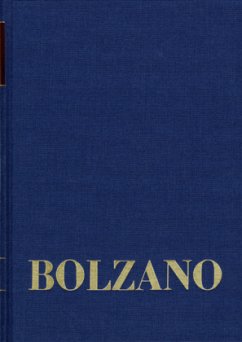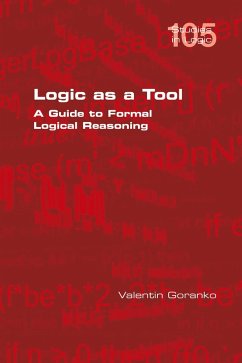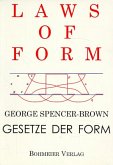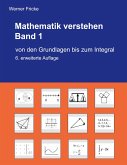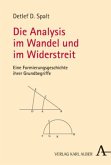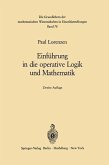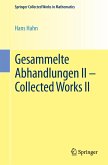Die Notizen von Heft 22 der MM stammen aus den Jahren 1830-1832. Am Anfang werden die Begriffe des Raumes und der Zeit erörtert. Neben Anmerkungen zum Begriff der Größe findet sich darin auch ein genau gegliederter Plan von Bolzanos 'Größenlehre'. Bei der Darstellung der arithmetischen Begriffe geht es Bolzano darum, gegenstandslose Begriffe zu vermeiden. Über imaginäre und irrationale Größen in der Zahlentheorie berichtet er in Anlehnung an die damalige Zeitschriftenliteratur (Legendre, Gergonne, Fourier, Cauchy, Crelle). Die Begriffe der Stetigkeit und der stetigen Funktionen sowie die Bestimmbarkeit von Funktionen werden an mehreren Stellen behandelt. Von besonderer Bedeutung sind die Ausführungen zur Naturphilosophie: Bolzano vertritt dabei im Gegensatz zur 1. Aufl. der 'Athanasia' (und in der 2. Aufl.) die Ansicht, dass es in jedem Punkt des Raumes ein Atom gebe und dass daher kein Vakuum existiert.
Bitte wählen Sie Ihr Anliegen aus.
Rechnungen
Retourenschein anfordern
Bestellstatus
Storno

